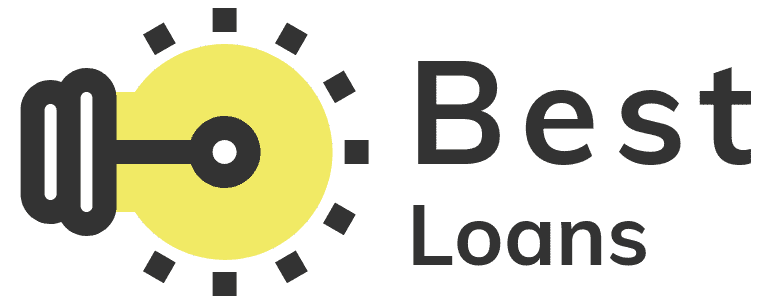Introduction: The Role of Direct Loans in Higher Education
In the pursuit of higher education, financing can often be a significant concern. Direct Loans, a federal student loan program in the United States, have become a lifeline for countless students seeking to realize their academic dreams. This article will delve into what Direct Loans are, how they work, and the benefits they offer to students and their families.
What Are Direct Loans?
Direct Loans are a type of federal student loan offered by the U.S. Department of Education. They are designed to help students and their parents cover the costs of higher education, including tuition, fees, books, and living expenses. Direct Loans are a common choice because they typically offer lower interest rates and more favorable terms compared to private loans.
Types of Direct Loans
There are two main types of Direct Loans:
1. Direct Subsidized Loans
These loans are available to undergraduate students with financial need. The government pays the interest on Direct Subsidized Loans while the student is in school, during the grace period, and during deferment (a period when repayment is temporarily postponed).
2. Direct Unsubsidized Loans
Direct Unsubsidized Loans are available to undergraduate and graduate students, and there is no requirement to demonstrate financial need. Unlike subsidized loans, interest accrues on unsubsidized loans while the student is in school and during deferment or forbearance.
The Application Process
To apply for Direct Loans, students and their parents must complete the Free Application for Federal Student Aid (FAFSA). The information provided on the FAFSA determines the student’s eligibility for federal financial aid programs, including Direct Loans. Once eligibility is established, the school’s financial aid office will determine the loan amount the student can borrow.
Repayment Options
Repayment of Direct Loans typically begins six months after the student graduates, leaves school, or drops below half-time enrollment. There are several repayment plans available, including:
1. Standard Repayment
This plan involves fixed monthly payments over a 10-year period.
2. Income-Driven Repayment
Income-Driven Repayment plans adjust monthly payments based on the borrower’s income and family size.
3. Graduated Repayment
Payments start low and increase every two years over a 10-year term.
Benefits of Direct Loans
Direct Loans offer several advantages:
1. Low Interest Rates
Direct Loans typically have lower interest rates than private loans, making them a more affordable option for financing education.
2. Loan Forgiveness
Certain professions and career paths may qualify for loan forgiveness programs, which can relieve borrowers of some or all of their loan debt.
3. Deferment and Forbearance
Direct Loan borrowers can temporarily postpone payments through deferment or forbearance in case of financial hardship or other qualifying circumstances.
Conclusion
Direct Loans have played a crucial role in making higher education accessible to a broader range of students. By understanding the types of Direct Loans available, the application process, and repayment options, students can make informed decisions about financing their education and achieving their academic goals.



